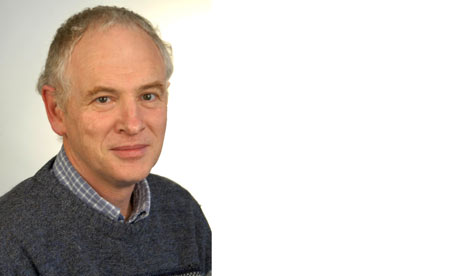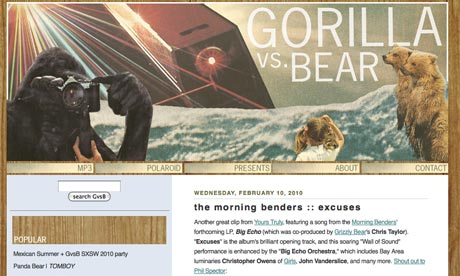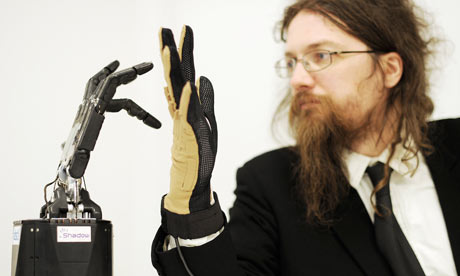 Photo: Google is thought to be offering the book trade more from e-book sales
Photo: Google is thought to be offering the book trade more from e-book salesFrom Times Online:
Publishers look set to win the latest round in the battle for supremacy on electronic books, with Google ready to offer major concessions as it prepares to enter the increasingly competitive e-book market.
Following the unveiling of Apple’s iPad, which will feature an electronic bookstore when it launches next month, and Amazon’s humiliation last week by a book publisher in a prices row, Google is thought to have given in to the book industry by offering it a higher share of the sale of e-books.
Read more ....
















































